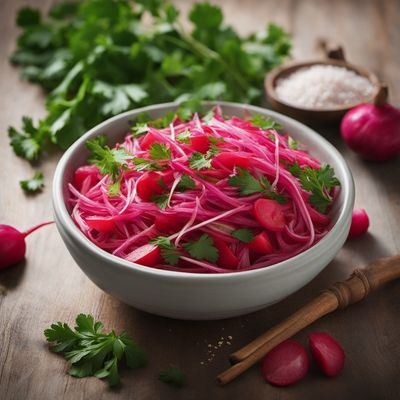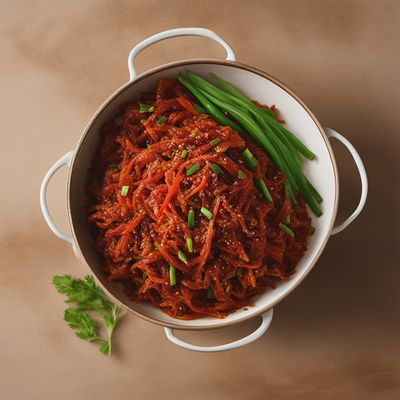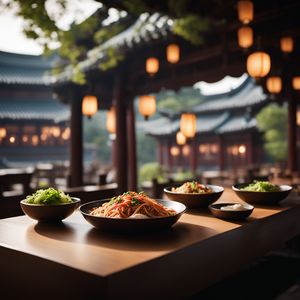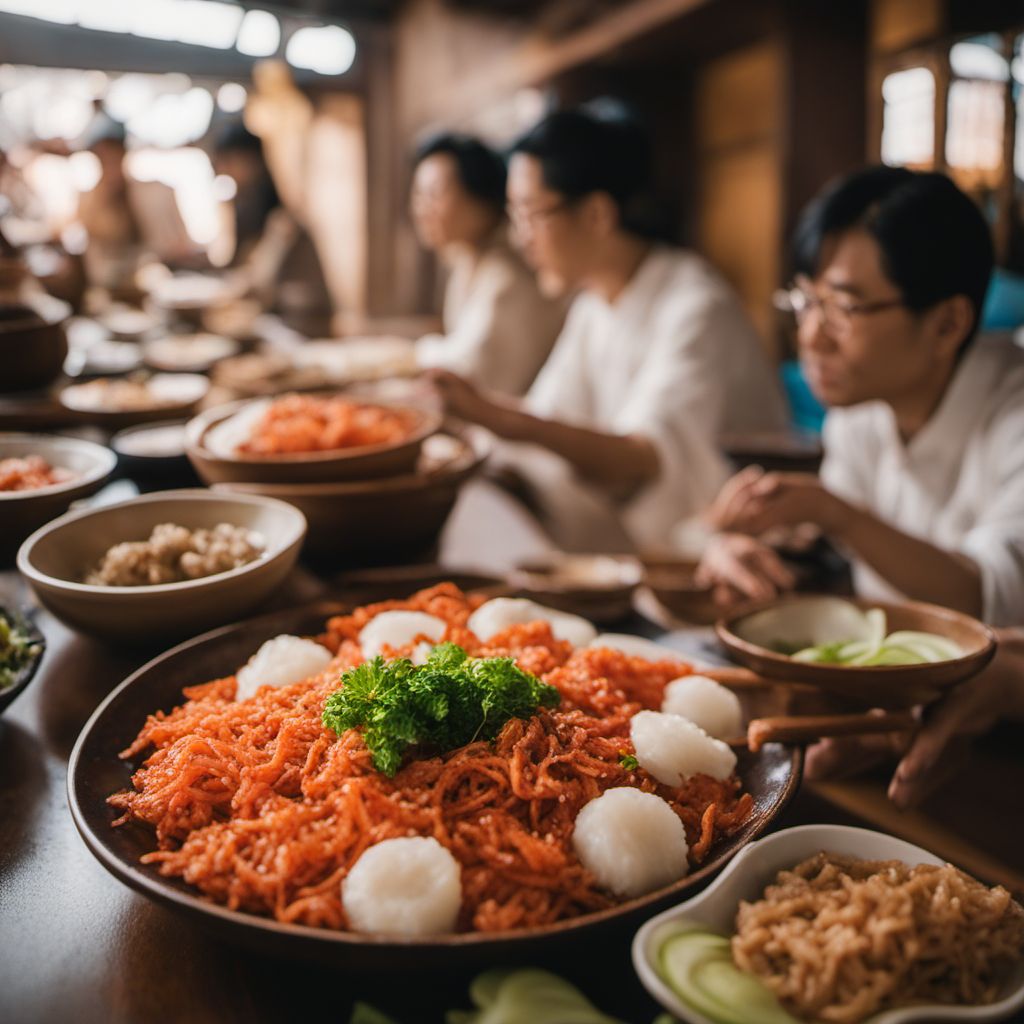
Dish
Kkakdugi
Kkakdugi is made by cubing radish and fermenting it with a mixture of garlic, ginger, scallions, and chili pepper flakes. The fermentation process can take anywhere from a few days to a few weeks, depending on the desired level of sourness. Kkakdugi is a rich source of probiotics and is believed to have numerous health benefits, including improved digestion and a stronger immune system.
Origins and history
Kkakdugi has been a part of Korean cuisine for over 2,000 years. It was originally made as a way to preserve radish for the winter months, but has since become a beloved dish in its own right. It is often served as a side dish with rice and other Korean dishes.
Dietary considerations
Kkakdugi is naturally vegan and gluten-free, but some store-bought varieties may contain fish sauce or other non-vegan ingredients. It is also high in sodium, so those on a low-sodium diet should consume it in moderation.
Variations
There are many variations of kkakdugi, including ones made with different types of radish or with the addition of pear or apple.
Presentation and garnishing
Kkakdugi is traditionally served in a small dish or bowl. It is often garnished with sesame seeds or sliced scallions.
Tips & Tricks
To make kkakdugi, be sure to use high-quality ingredients and follow the fermentation process carefully to avoid spoilage.
Side-dishes
Kkakdugi is often served as a side dish with rice and other Korean dishes. It can also be used as an ingredient in soups, stews, and fried rice dishes.
Drink pairings
Kkakdugi pairs well with light, crisp beers and dry white wines.
Delicious Kkakdugi recipes
More dishes from this category... Browse all »
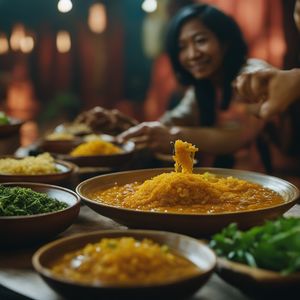
Acar kuning
Malaysian cuisine

Atchara
Filipino cuisine
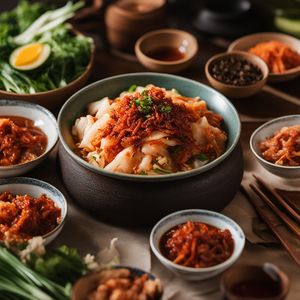
Baechu-kimchi
Korean cuisine

Baek kimchi
Korean cuisine

Beet Eggs
Jewish cuisine
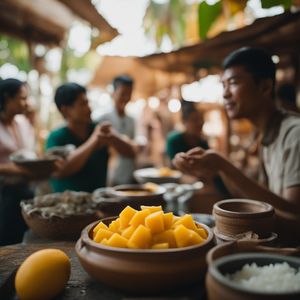
Burong mangga
Filipino cuisine
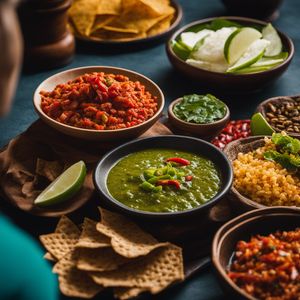
Chilera
Ecuadorian cuisine
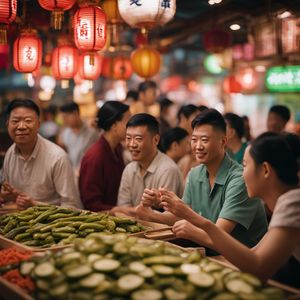
Chinese Pickles
Chinese cuisine
